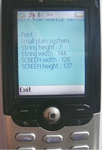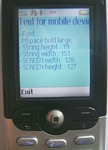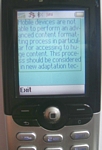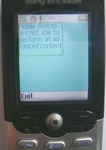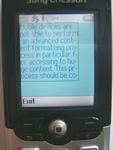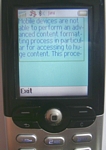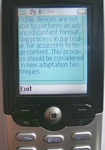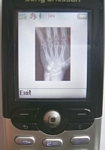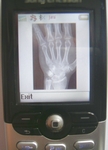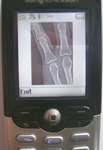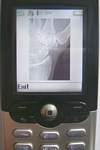Designing an advanced approach
of multimedia content formatting is necessary for limited devices that
can not handle and process the content. Until now, the adaptation process
that we have realized in the NAC architecture doesn't consider the adaptation
process at a low level (formatting process). So, in some situations, the
adapted content could not be presented correctly in a very limited environment
such as in mobile phones platforms.
Our approach enriches the NAC architecture by new adaptation techniques
that consider the formatting process and the interaction of the user.
The formatting process is responsible to present the content and handle
the presentation layout according to the device limitations.
To avoid the problem of loosing the content fidelity regarding the original
content (that occurs as a result of the content transformation from a
state to another state), the interaction process enables the user to interact
with the original content with maintaining the adaptation of each partial
result. According to the user interaction, the adaptation process could
send a part of the original content and guarantees that the content parts
remain adapted to the device profile.
We give here some screenshots of our experimentations performed on a mobile phone running on a J2ME platform : MIDP 1.0 and CLDC 1.0. (Click on the photo to enlarge it)


